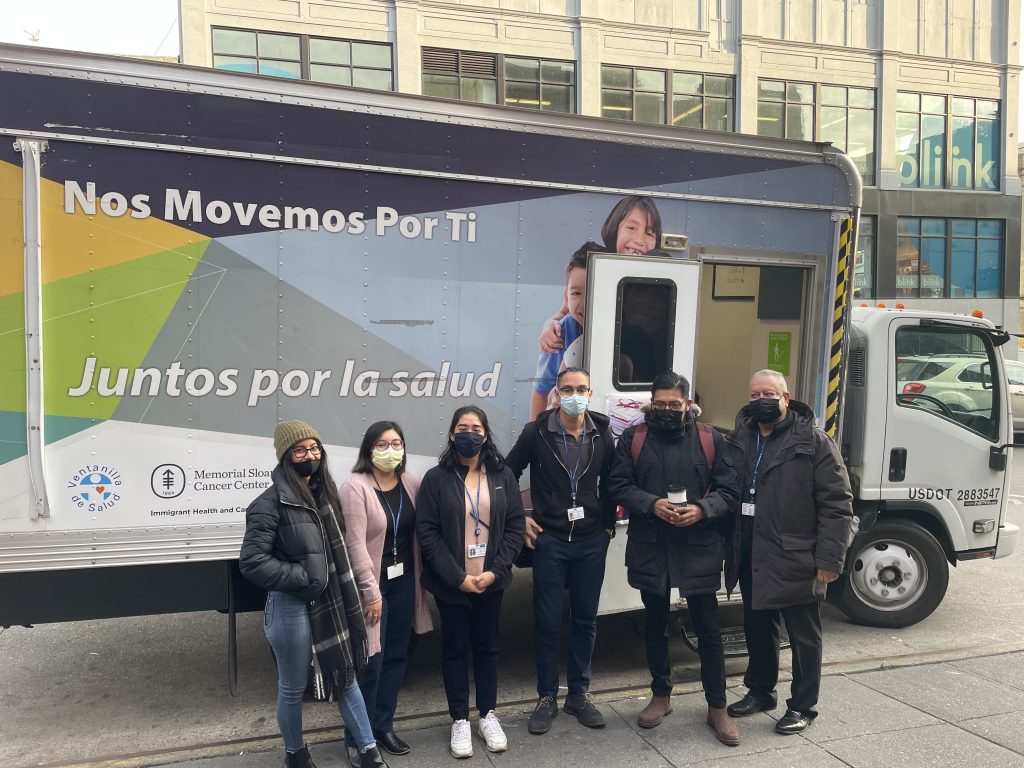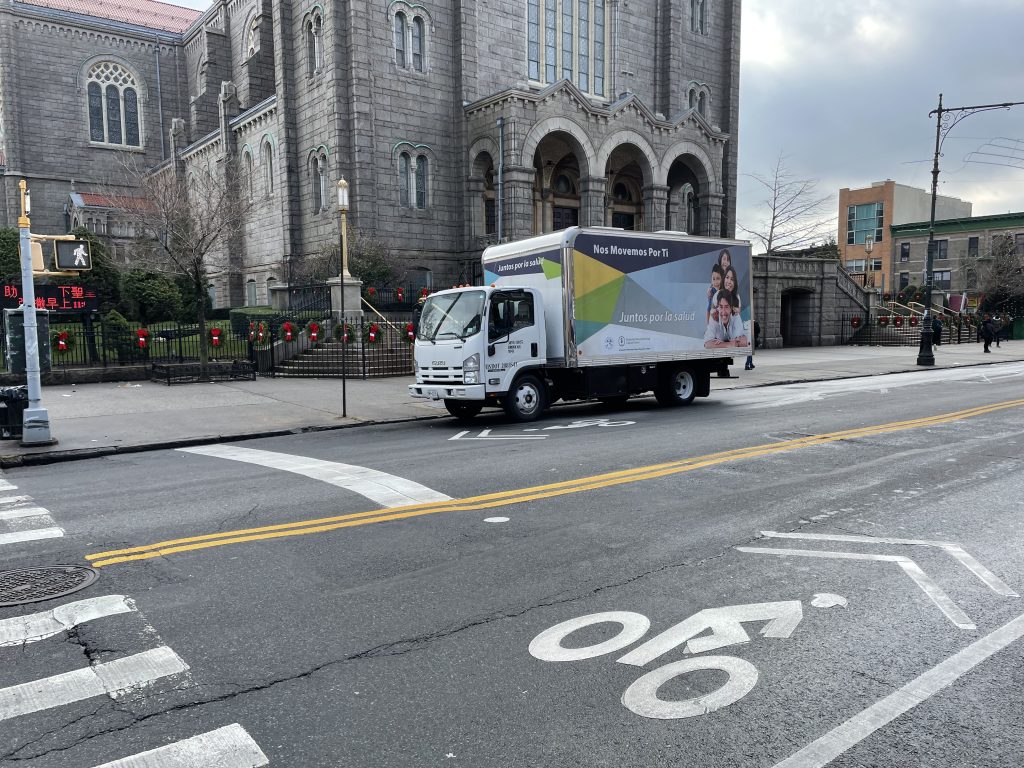Grantee Spotlights | February 4, 2022
Memorial Sloan Kettering Cancer Center Spotlight
A Community-Based Approach to Cancer Services in NYC
One in three people will be diagnosed with cancer in their lifetime. It’s a frightening and widespread disease that can affect any part of one’s body, not only impacting physical health but taking a toll on mental and emotional well-being, too.

While we live in a time of awe-inspiring advancements in cancer prevention, diagnosis, and treatment, many individuals seeking cancer care still face barriers at every turn. Outside influences and social determinants of health such as income, education, location, and discrimination based on race, ethnicity, ability are just a few of the factors that can negatively impact one’s access to cancer treatment. Immigrant communities in particular face a variety of challenges related to cultural and language barriers, preventing them from receiving comprehensive, quality care. This is exacerbated by the fact that immigrants and people of color also experience disproportionately high cancer rates and other chronic health issues such as diabetes, cardiovascular disease, high cholesterol, and hypertension.
To ensure immigrants and other communities of color receive quality cancer services, Memorial Sloan Kettering Cancer Center (MSK) launched their Immigrant Health and Cancer Disparities (IHCD) Service. IHCD has worked to identify and eliminate disparities in health and cancer treatment among immigrants and minorities for more than 20 years. Housed at MSK since 2011, the IHCD Service offers a wide range of programs for patients, healthcare professionals, and other advocates. Using a cross-disciplinary, community-engaged approach, the program identifies key areas of need to provide health education and other services to immigrants and medically underserved communities.

To aid their efforts, the Mother Cabrini Health Foundation granted MSK $250,000 to support their new Mobile Health Education Unit, which provides preventative and direct services to immigrants in hard-to-reach communities in New York City’s five boroughs, Westchester, and Long Island. The grant works to offer health education to 2,000 people and direct health services—including screening and healthcare navigation—to 600 community members.
This traveling health unit meets communities where they are, bringing resources and healthcare experts to where individuals live, work, shop, or worship. Moreover, this program is critical to reaching New York’s low-income immigrant and minority communities to help mitigate the disproportionate health impacts of the pandemic.
